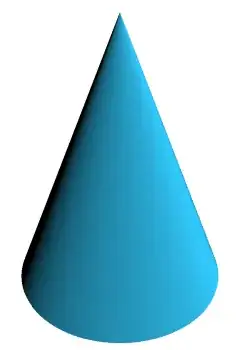I found this statement in a discussion about the application of local Lorentz symmetry in spacetime metrics:
Lorentz invariance holds locally in GR, but you're right that it no longer applies globally when gravity gets involved. While in SR, quantities maintain Lorentz (or Poincare) symmetry via Lorentz (or Poincare) transforms, in GR they obey general covariance which is symmetry under arbitrary differentiable and invertible transformations (aka diffeomorphism). If a spacetime was not smooth, and didn't allow local Lorentz symmetry, it would break the principle of equivalence which is the bedrock assumption in GR.
What would it mean that spacetime is not smooth? Are there models or metrics of spacetime where it is not smooth?
